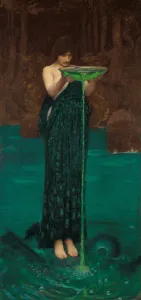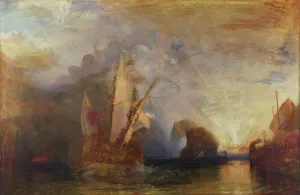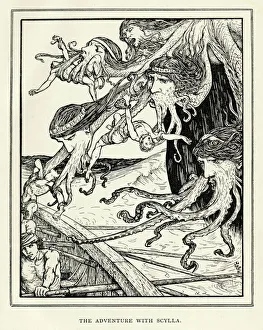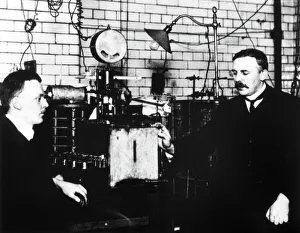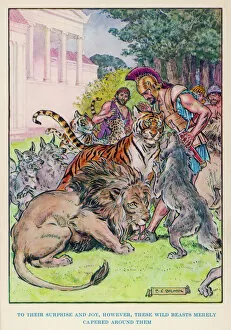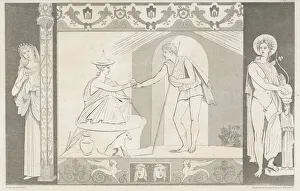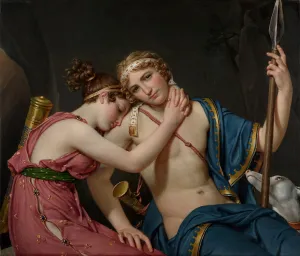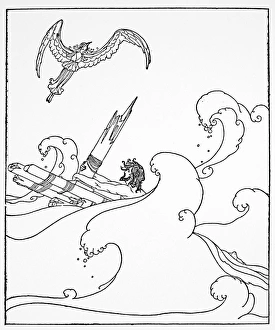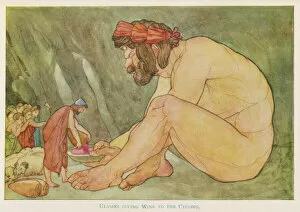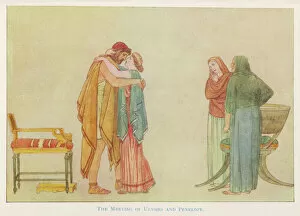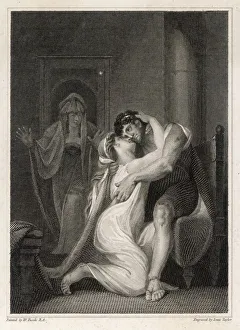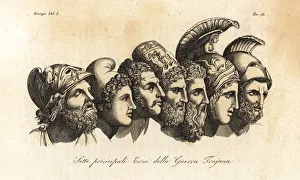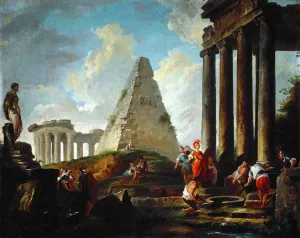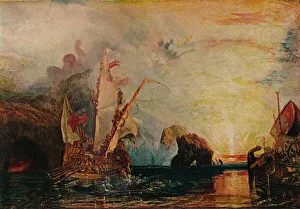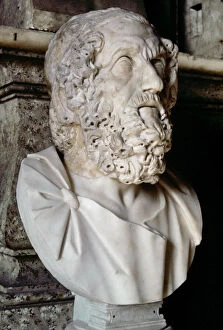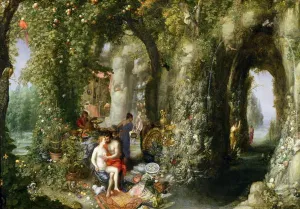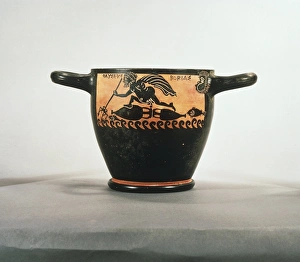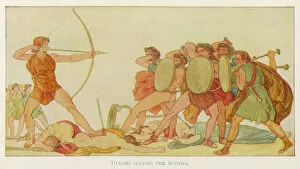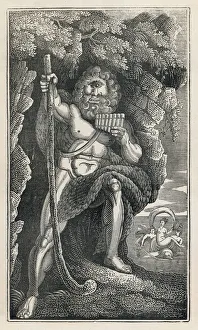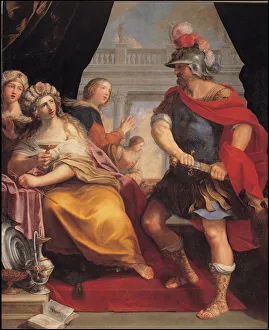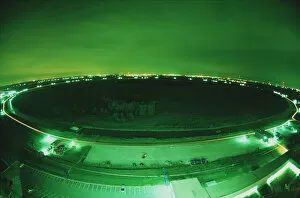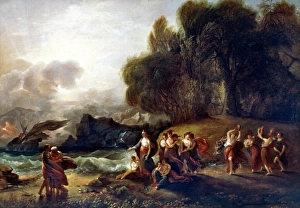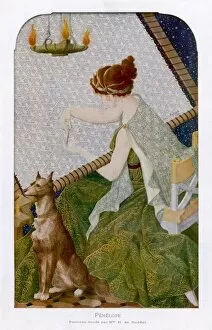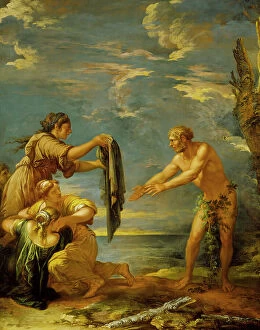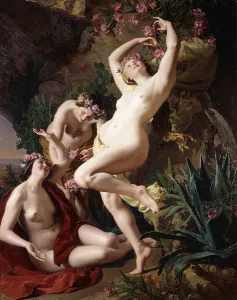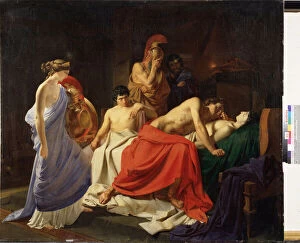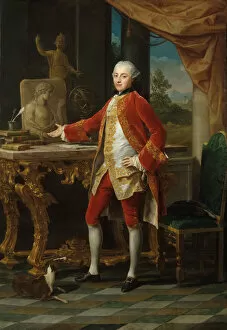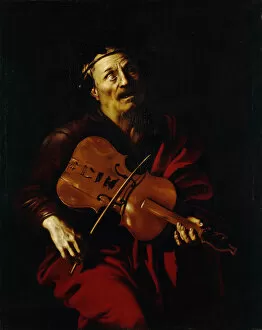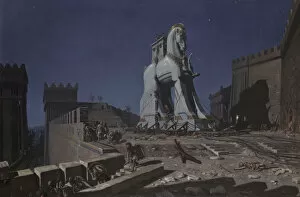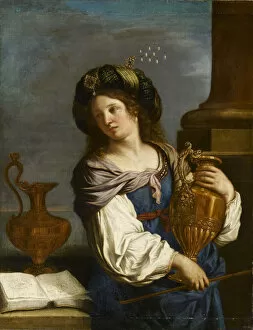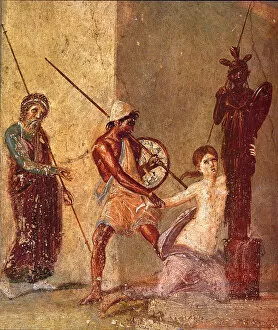Odyssey Collection
"Embarking on an Artistic Odyssey
All Professionally Made to Order for Quick Shipping
"Embarking on an Artistic Odyssey: Exploring the Mythical World through Captivating Masterpieces" Step into the enchanting world of Greek mythology as depicted by renowned artist John William Waterhouse in his mesmerizing painting "Circe Invidiosa, 1892. " With intricate brushstrokes and vivid colors, Waterhouse brings to life the captivating tale of Circe, the sorceress who bewitched Odysseus and his men. In another artistic rendition, we witness Odysseus' unwavering loyalty towards his faithful companion Argos. The painting "Odysseus & Argos / Brown" captures their poignant reunion after years of separation, showcasing the enduring bond between man and beast. Moving further along this odyssey of artistry, we encounter James Joyce's iconic novel "Ulysses, " a modern-day interpretation of Homer's epic poem. Through a caricature drawn by Myron C. Nutting in the 1920s, we catch a glimpse of Leopold Bloom - one of literature's most complex characters - embarking on his own personal journey through Dublin. Delving deeper into Homer's original masterpiece, we come face to face with Ulysses Deriding Polyphemus in Jacques-Louis David's oil painting from 1829. This powerful portrayal depicts Odysseus taunting the Cyclops Polyphemus after blinding him – a pivotal moment that showcases both cunning strategy and bravery. As our odyssey continues, we encounter Scylla – a terrifying sea monster with six heads – lurking amidst treacherous waters. This depiction from "The Odyssey/Scylla" serves as a reminder that even heroes like Odysseus faced unimaginable challenges during their perilous journeys. Shifting gears from art to science, Rutherford and Geiger take center stage in their laboratory where they conducted groundbreaking experiments.

